University Accounting Fundamentals Assignment: Financial Statements
VerifiedAdded on 2020/05/16
|6
|733
|217
Homework Assignment
AI Summary
This assignment solution provides a comprehensive overview of fundamental accounting concepts. It begins by defining six key terms associated with the balance sheet, including current liabilities, long-term liabilities, retained earnings, reserves, issued capital, and goodwill, explaining their significance in depicting a company's financial health and position for investors, lenders, and creditors. The solution then moves on to the income statement, defining six crucial terms: revenue, cost of sales, other income, administrative expenses, income tax, and finance charges. It highlights how these terms are essential for measuring a company's profitability and financial achievements over a specific period. The assignment emphasizes the importance of these terms in both financial statements, underscoring their role in providing insights into a company's financial performance and position. The solution is supported by references to relevant financial management textbooks, ensuring accuracy and credibility.
1 out of 6
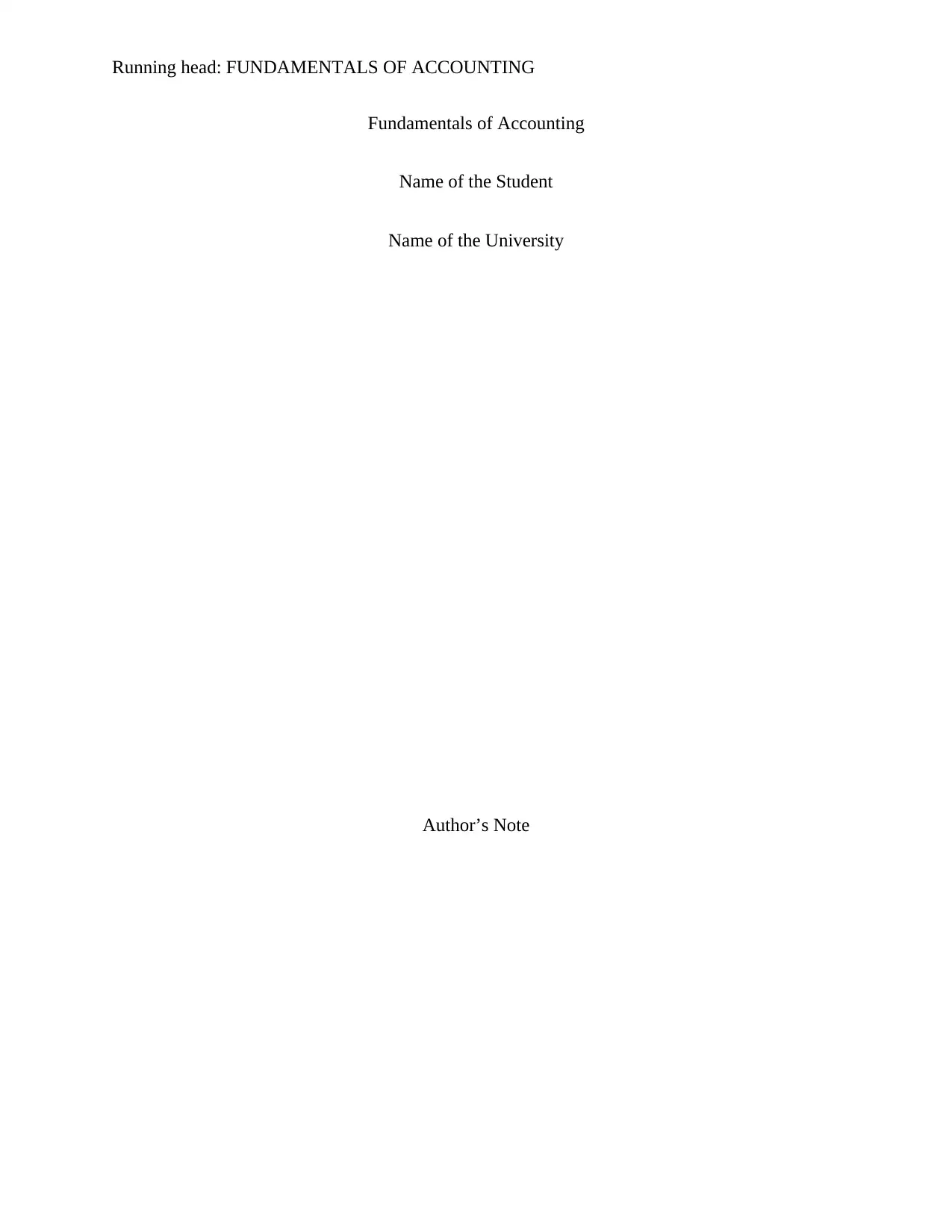
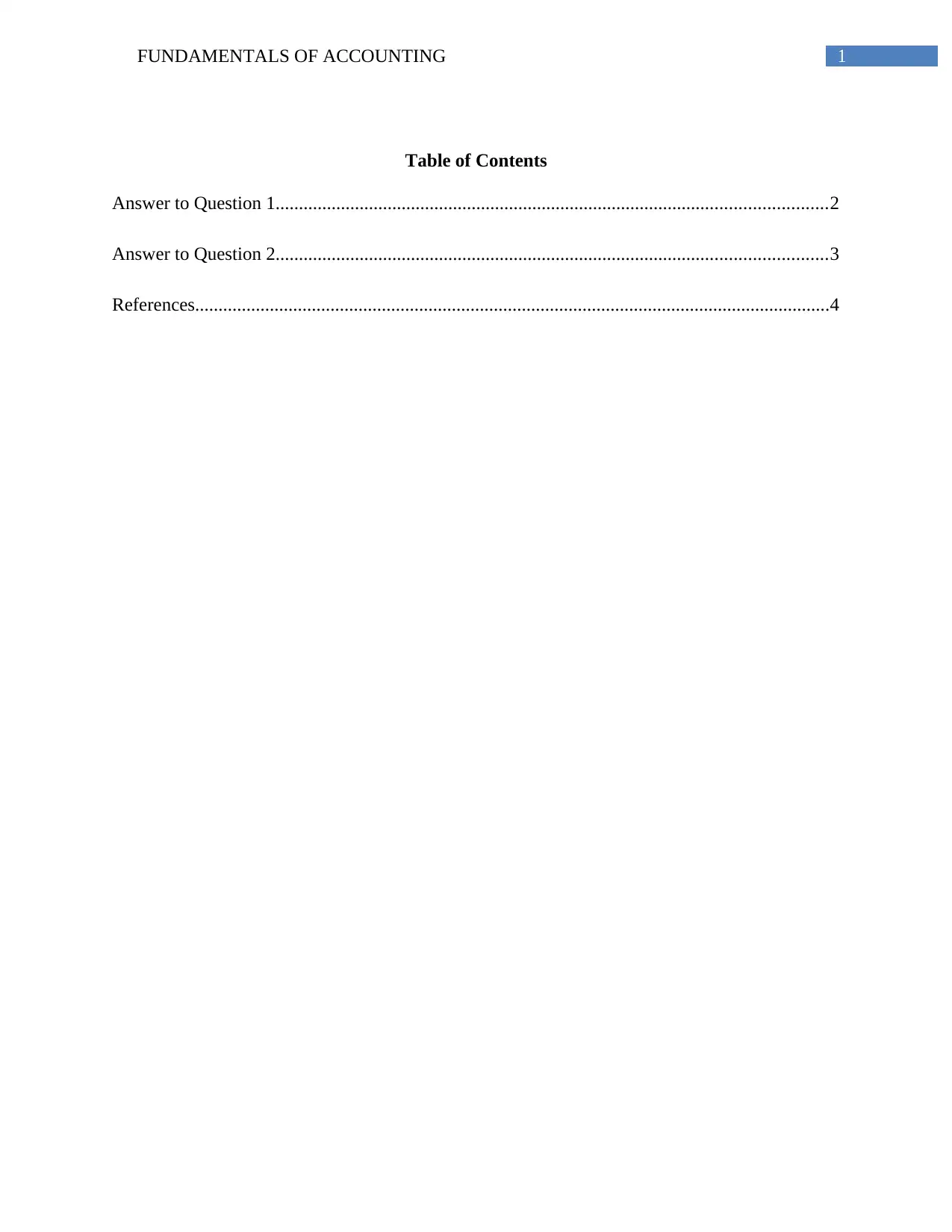
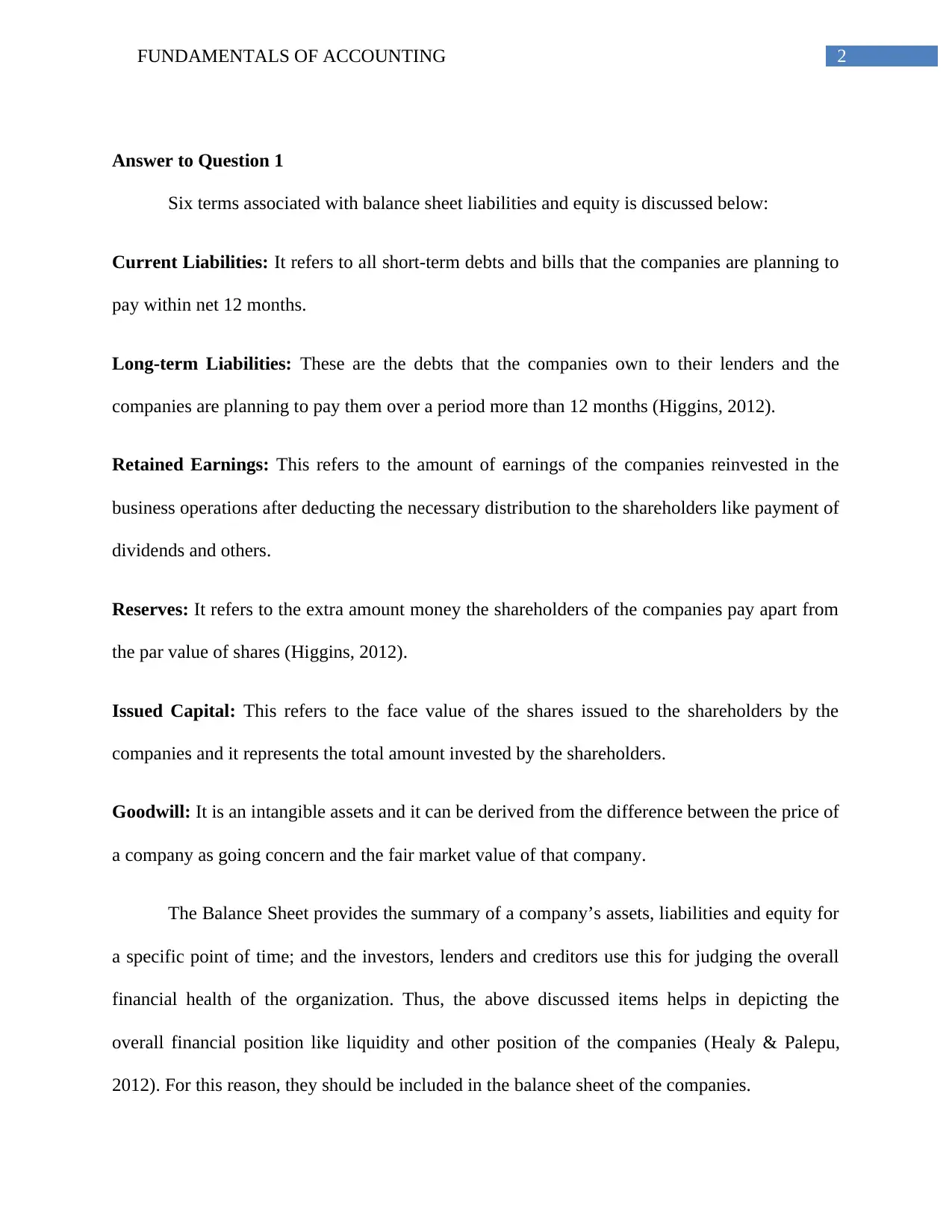


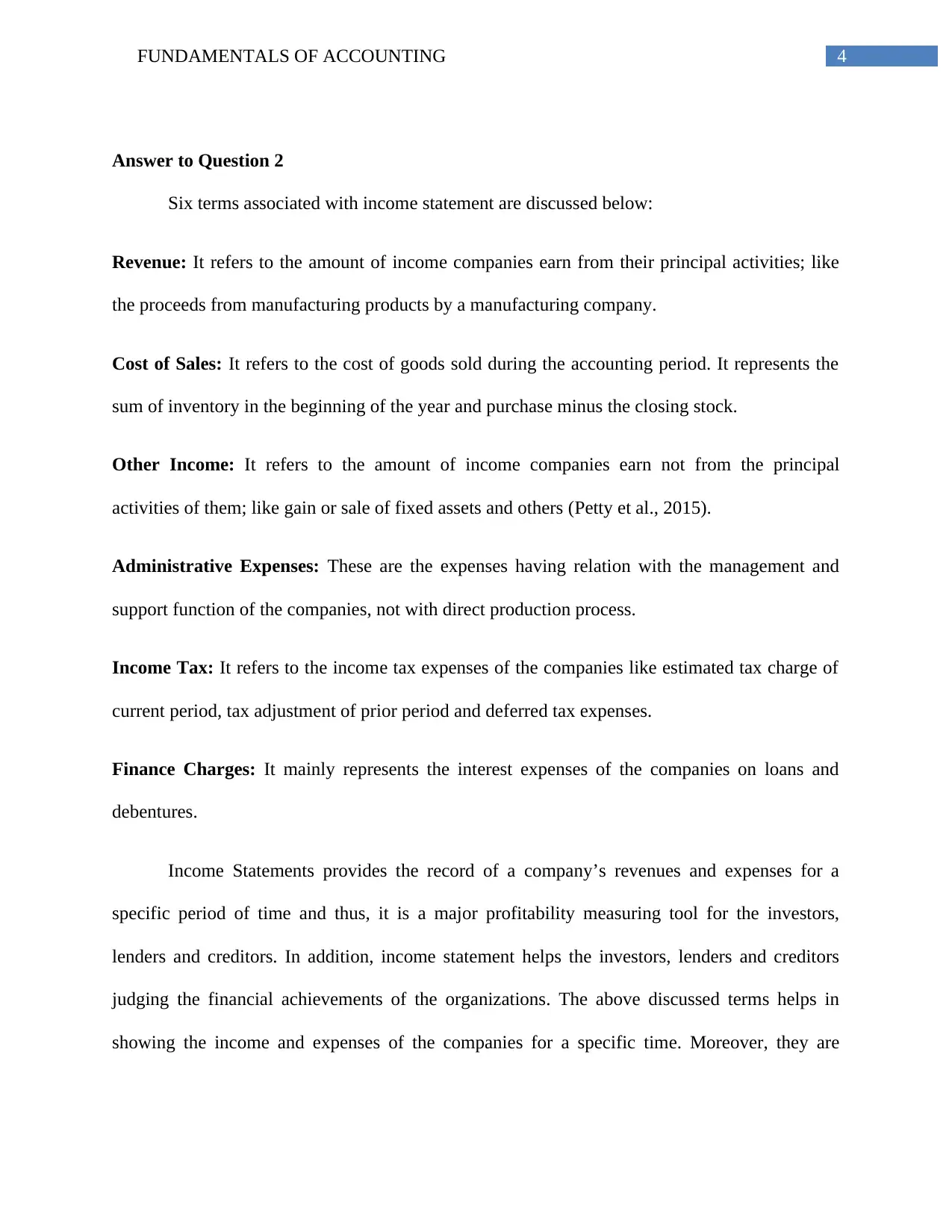
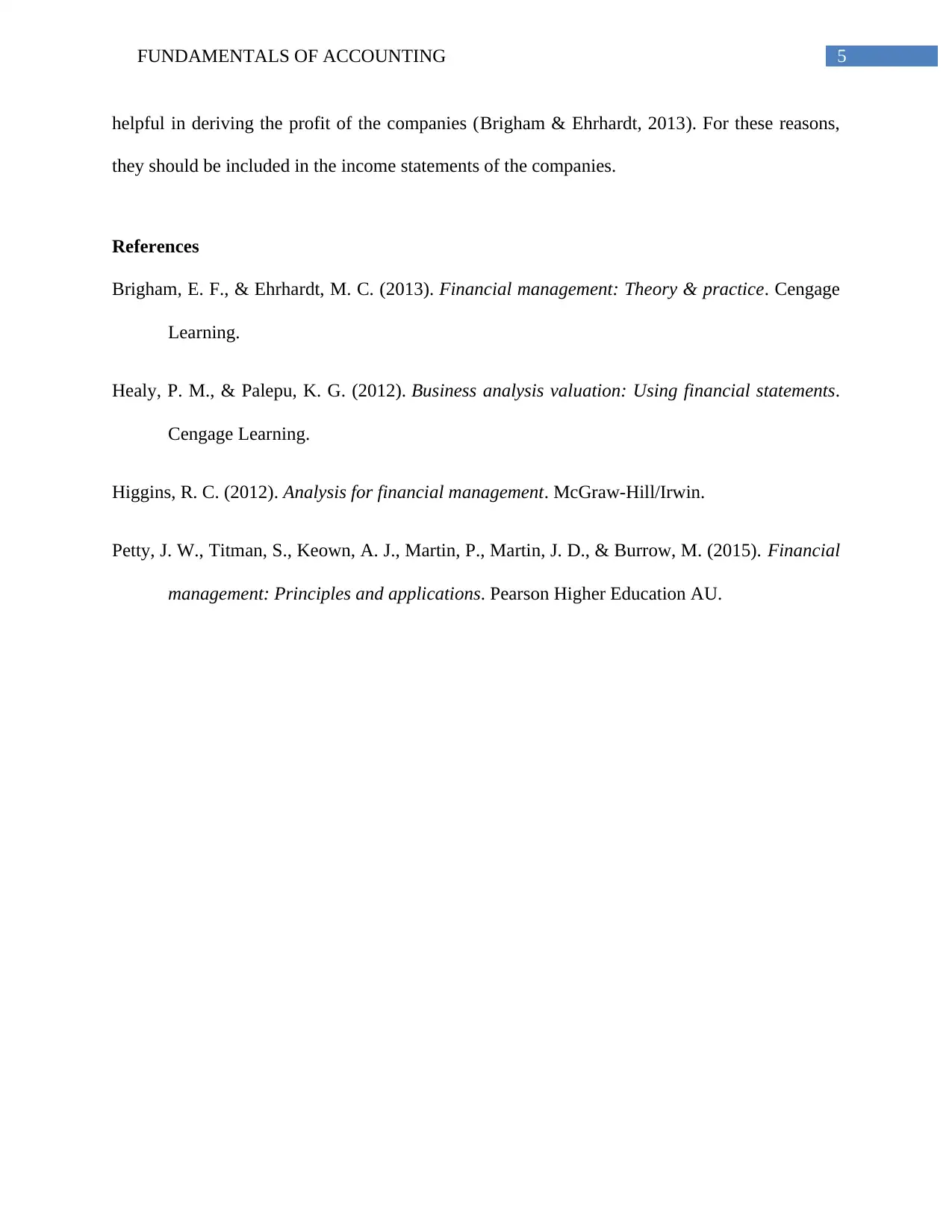






![[object Object]](/_next/static/media/star-bottom.7253800d.svg)